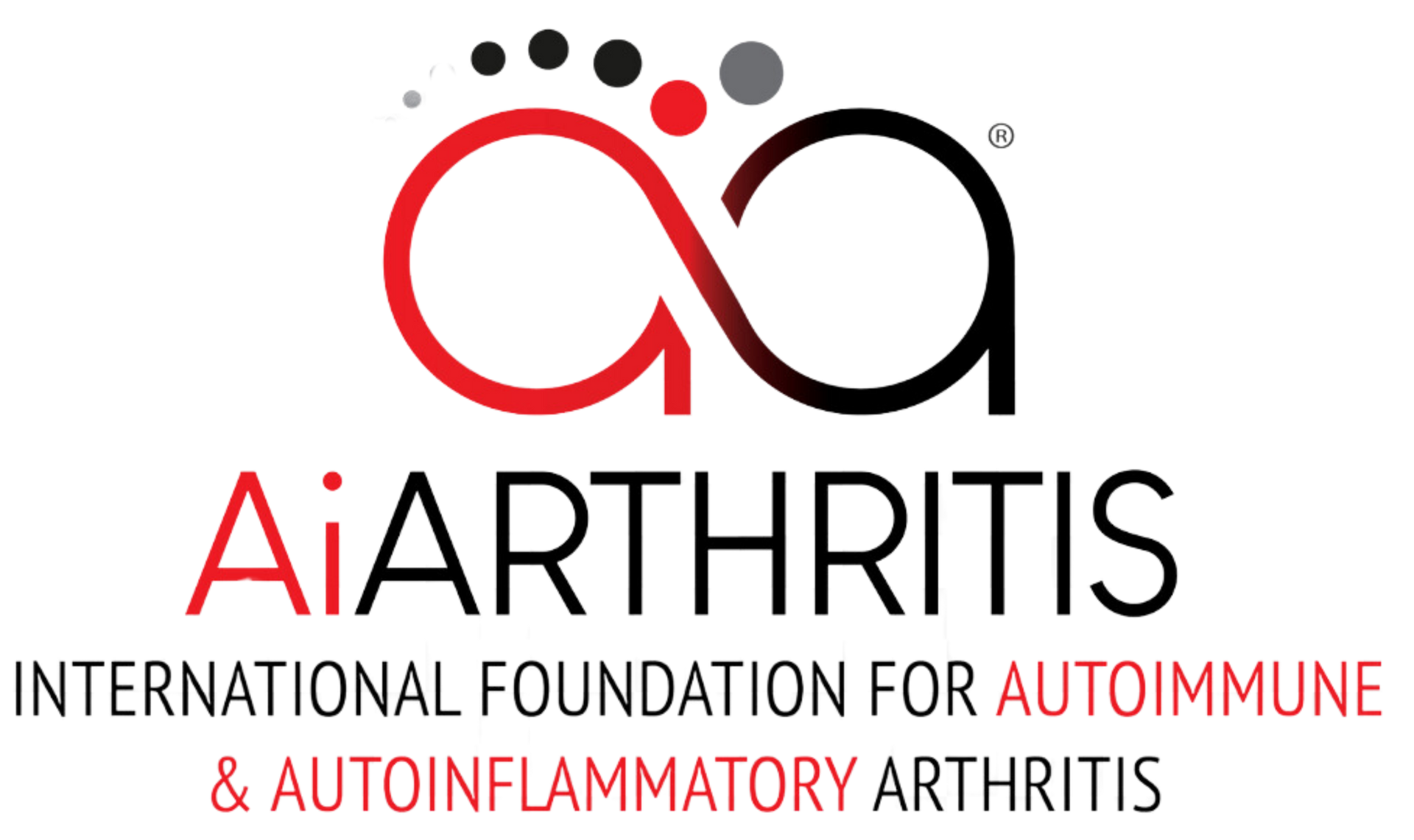Systemic Lupus Erythematosus (SLE)
How to pronounce it:
Lupus - loo·puhs,
Erythematosus - ery-the-mato-sus
AiArthritis defines Systemic Lupus Erythematosus as:
Lupus is a disease where the immune system attacks healthy parts of your body, like joints, skin, and organs. It can be unpredictable, with periods where it gets worse (flares) and times when it gets better.
Symptoms & Characteristics
Common in All AiArthritis Diseases
Flares: Periods of worsening symptoms are called flares. A flare can last for hours, days, weeks, or months.
Physical Activity: Condition improves with activity and exercise and worsens with rest.
Comorbidities: When inflammation is left uncontrolled due to lack of proper treatment, comorbidities can develop. 70% of patients with chronic, lifelong disease will develop comorbidities, including dual or triple diagnoses.
Family History:
Autoimmune diseases often run in families, indicating a potential genetic predisposition where that gene can cause disease. Autoinflammatory diseases can occur multiple times in a family, but is based off of genetic mutation. It is not a gene that causes the disease— but a mutation on the gene that can cause the disease which can then be passed on to the next generation.
"Auto" Symptoms
Fatigue: Severe fatigue or exhaustion that may not be helped by caffeine/stimulants and can happen even after a long period of rest.
Cognitive Dysfunction: Brain fog or periods of time where thinking gets clouded and it becomes difficult to concentrate.
Flu-like symptoms: Without having the flu- nausea, muscle weakness, and general malaise.
Fever: Typically low grade in autoimmune (with exception of juvenile idiopathic arthritis) and higher grade in autoinflammatory (% strongly varies per disease).
Reference: Early Symptoms of AiArthritis Study, AiArthritis, 2019.
Inflammatory Arthritis Symptoms
Stiffness: Severe stiffness in one or more joints, especially in the morning or after sitting for long periods of time.
Joint Pain: Episodes of joint pain that may last for hours, days, or even weeks, that can appear and disappear suddenly. Often described as “jumping pain” into different locations.
Typically the joint pain will coincide with one or more “Auto” symptoms and start and stop suddenly - for no apparent reason (which is called a "flare"). Some people will experience all of the above symptoms, others only a few.
If you have any of the arthritis features, and at least one of the “Auto” features, please consult your physician about a referral to a specialist.
Symptoms Often Associated with Lupus
- Sensitivity to sunlight or fluorescent light causing rash or lesions
- Hair loss or thinning
- Depression and anxiety
- Raynaud’s phenomenon: Fingers and toes that turn white or blue when exposed to cold or during stressful periods
- Butterfly-shaped rash over the cheeks: referred to as malar rash
- Mouth sores
- Lung or heart inflammation
- Kidney problems: Nephritis
- Neurologic problems: seizures, strokes or psychosis (a mental health problem), confusion
Diagnosing Lupus
There’s no single test that can confirm a Systemic Lupus Erythematosus (SLE) diagnosis, so rheumatologists rely on a combination of physical exams, blood tests, and sometimes biopsies (skin or kidney), along with a family history of autoimmune disease.
They check for arthritis in multiple joints lasting over 6 weeks and may look for swelling or redness, though these aren’t required for diagnosis. They also consider common AiArthritis symptoms to rule out other conditions.
Blood tests are crucial for diagnosing lupus. Typical markers include
- low blood cell counts (anemia, low white blood cells, or platelets)
- a positive ANA
- specific antibodies like anti-dsDNA, anti-Sm, or antiphospholipid
These abnormal blood results are often required for lupus diagnosis.
Doctors may also use a points system from the American College of Rheumatology (ACR) and European Alliance of Associations for Rheumatology (EULAR) to support their diagnosis.
Lupus Treatment Options
Treatment OptionsTreatments are tailored to each individual's disease, but visit our Treatment Options page to learn more about the different types of treatments that are used for Lupus.
What Fellow Lupus Patients Want You to Know
Submit YOUR Advice- Lupus is most commonly found in females age 15-45 who are of Black, Latino, Asian, or Pacific Islander decent.
- Lupus can affect many organs and all the symptoms may seem random, but symptom tracking is key in order to give the rheumatologist the most information possible in order to get further testing.
- Lupus patients have sunlight sensitivity and it is very important to wear sunscreen and protective clothing at all times even when it's not sunny.
- Lupus can also be diagnosed alongside other diseases, like Rheumatoid Arthritis (called Rhupus) and Sjogren's Disease.
- Macrophage Activation Syndrome (MAS), a potentially fatal complication, can occur in up to 5% of SLE patients. Check out our MAS Page for more information, resources, and patient stories.
Interesting Facts about Lupus
- SLE, is also known as the “The Great Imitator” because the symptoms are often "imitating" other diseases.
- Lupus derives from the Latin word for wolf because doctors described the rashes on the face as resembling a wolf’s bite. The full name, systemic lupus erythematosus, includes “erythematosus,” which means “reddened,” referring to the characteristic butterfly rash.
Lupus Awareness Days/Months
- World Autoimmune and Autoinflammatory Arthritis Day - May 20th
- Autoimmune Awareness Month - March
- Lupus Awareness Month - May
- World Lupus Day - May 10th
- Rheumatic Disease Awareness Month - September
- Pain Awareness Month - September
- Chronic Disease Awareness Day - July 10th
- Invisible Disabilities Week - 3rd full week of October
Other Lupus Resources
In an effort to ensure this page has the most accurate and up-to-date information, this page is currently awaiting medical review. Some information is subject to change.
Page Last Updated: 10/24/2024




